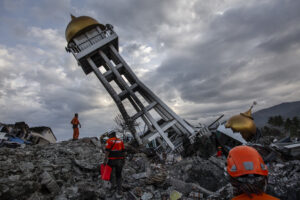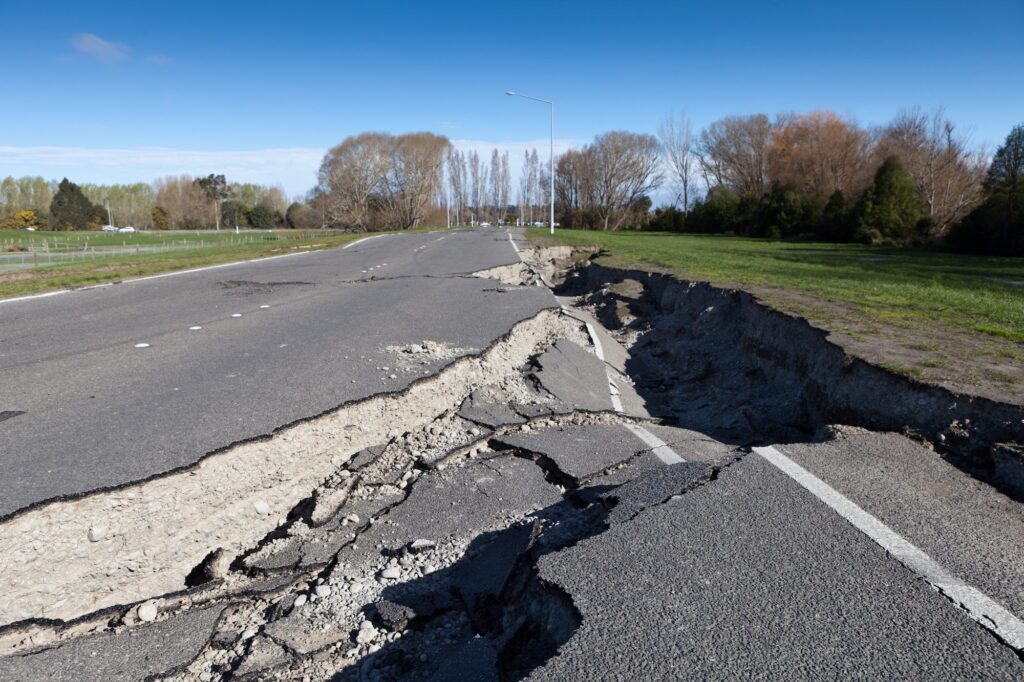Earthquake Prone Areas in India
— by Abhrajita Mondal
— Reading Time – 15 min Approx
The National Disaster Management Authority, in collaboration with IIIT Hyderabad, has recently released an EDRI or Earthquake Disaster Risk Index. Now, you might be wondering what it is. To answer your question, the EDRI provides details about the earthquake prone areas in India. The reports show that the percentage of earthquake prone areas in India is more than 56 %, and more importantly, the zones are located in highly populated areas. The scientists and research workers have chosen to release the list to alert the earthquake prone areas. 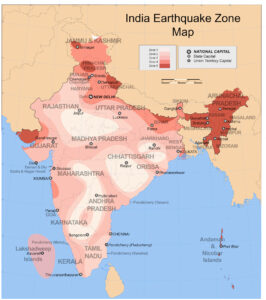 Furthermore, it will surely help the government to consider certain factors while approving housing projects. It has been seen that hilly areas are less prone to earthquakes, and flat and low-lying areas are more prone to earthquakes.
Furthermore, it will surely help the government to consider certain factors while approving housing projects. It has been seen that hilly areas are less prone to earthquakes, and flat and low-lying areas are more prone to earthquakes.
Guide to Earthquake Prone Areas in India:
If you are living in India, you ought to know how many earthquake zones are in India. There are almost a dozen cities that are in the high-risk zone. Nearly fifty cities in our country are located in seismic zones. You will be surprised to know that most of these cities do not have the proper infrastructure. They will not be able to handle earthquakes that rank high on the Richter scale.
Before we tell you about the cities, let’s first talk about the seismic zones in India. The total number of seismic zones in India is four – Zone II, III, IV, and V. Zone V is the most active zone and Zone II is the least active.
- Zone V covers entire North-Eastern India, some parts of Jammu and Kashmir, some parts of Ladakh, the Rann of Kutch in Gujarat, Himachal Pradesh, Uttarakhand, some parts of North Bihar, and the Andaman & Nicobar Islands.
- Zone IV covers the remaining parts of Jammu & Kashmir, Himachal Pradesh, Ladakh, Delhi NCR, Sikkim, northern parts of Uttar Pradesh, Bihar, West Bengal, parts of Gujarat, small portions of Maharashtra, and Rajasthan.
- Zone III covers fragments of Uttar Pradesh, some shares of Punjab, Rajasthan, Gujarat, Kerala, Goa, Madhya Pradesh, Bihar, Jharkhand, Chhattisgarh, Lakshadweep islands, West Bengal, Maharashtra, Odisha, Andhra Pradesh, Tamil Nadu, and Karnataka.
- Zone II covers the remaining parts of the country. These are the least earthquake prone areas in India.
Top Five Cities lying in Earthquake Prone Areas in India:
India has witnessed quite a few earthquakes till date. If the reports are to be believed, Indians will face more of them by 2050.
Guwahati, in Assam, lies in Zone V and is prone to severe earthquakes. In the past, Guwahati has witnessed some of the most devastating ones. If you are a resident of Guwahati, you would know about the risks. Like other high-risk areas, Guwahati is located between two tectonic plates, the Indian Plate and the Eurasian Plate, and thus is in a seismically unstable location. Even during the 5.5 magnitude earthquake of 2018, the tremors had spread throughout the north-eastern region. Tezpur is another city in Assam, which experiences minor tremors now and then.
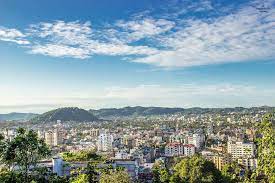 Srinagar comes a close second under this list. The capital of Jammu and Kashmir which comes under the seismic zone V is also prone to earthquakes. The entire Kashmir Valley is vulnerable to earthquakes. 90 percent of the state comes under Zone IV. The Kashmir Valley lies in between the Pir Panjal mountain range and the Zanskar Thrusts. This makes it more vulnerable. Routine tremors and earthquakes can be felt in all parts of the state. The friction between the Eurasian plates and the Indian plates causes massive tremors in the region. The last major earthquake in Kashmir was in 2005 and it had caused massive damage to buildings.
Srinagar comes a close second under this list. The capital of Jammu and Kashmir which comes under the seismic zone V is also prone to earthquakes. The entire Kashmir Valley is vulnerable to earthquakes. 90 percent of the state comes under Zone IV. The Kashmir Valley lies in between the Pir Panjal mountain range and the Zanskar Thrusts. This makes it more vulnerable. Routine tremors and earthquakes can be felt in all parts of the state. The friction between the Eurasian plates and the Indian plates causes massive tremors in the region. The last major earthquake in Kashmir was in 2005 and it had caused massive damage to buildings.
Delhi and the NCR region are third on the list of high-risk earthquake zones. Since the year 1720, this zone has been continuously hit by earthquakes of a large magnitude. Delhi witnessed a major earthquake even last year, in June 2020 and the epicenter was supposedly at Gurgaon. Tremors were felt in Delhi, Noida, and the surrounding regions. Since April 2020, Delhi has witnessed at least fourteen small earthquakes. The strategic positioning of this city makes it prone to earthquakes. It lies at the foothills of the Himalayas, where the rocks under the earth remain in stress, due to the continuous movement under the hills. Even after knowing that Delhi is in a high-risk zone, most builders do not conform to the standards of housing, which further increases the risk of the inhabitants of the city.
Mumbai falls in Seismic Zone III. As Mumbai is situated on the West Coast, the city also faces the risk of a Tsunami. Most buildings in Mumbai conform to rigid standards set by the government. The risk of an earthquake striking localities like Ghatkopar, Panvel, Bhandup, Powai, Vikhroli, Vidyavihar and Mulund, is quite high. This is due to the active fault lines in Panvel. Geologists have time and again said that there should be a cap of 70 meters on the buildings. Seismic experts have suggested the construction of buildings in pagoda style. However, much needs to be done along these lines.
Chennai is also one of the high-risk zones; however, it has shifted from Zone II to Zone III. After the earthquake of 2001, which measured 5.6 on the Richter scale, it has become more vulnerable. The reason it is more prone to tectonic plate movements is that the Tsunami has made it worse. Some seismic experts have gone on record by saying that most Chennai tremors are due to the earthquakes in the vicinity.
Guide to Why India is Earthquake Prone:
To unravel this mystery, we need to go back in time. About fifty million years ago, the Indian tectonic plates used to float in the ocean before they collided with those of Eurasia. The impact of the crash was huge. The movement of the Indian plate had then slowed down but did not stop. The upper part was forced into the mountains and the lower one in the earth’s mantle. It still moves into the Eurasian plate at the rate of 2 cm every year. At certain intervals, the plate moves and causes the crust to move. The energy released causes the earth to vibrate. This is what makes India an earthquake prone zone.
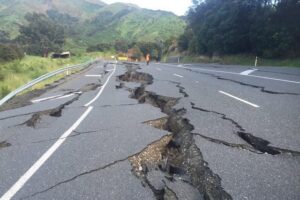 Earthquake Prone Areas in The World:
Earthquake Prone Areas in The World:
It is not only India that is an earthquake-prone zone. There are plenty of others countries. The first country that comes to mind is Japan. It tops the list of earthquake prone areas in the world. The reason is its location. Japan is located within the ‘Ring of Fire’, a zone where many earthquakes and volcanic eruptions occur. You can blame it on the activity of the Philippine Sea plate beneath the Okinawa Plate and the Amurian Plate.
Another neighboring country, prone to high-intensity earthquakes, is Nepal. Some of the notable and iconic places in Nepal were destroyed by the recent earthquake in 2015 which measured 7.8 on the Richter scale.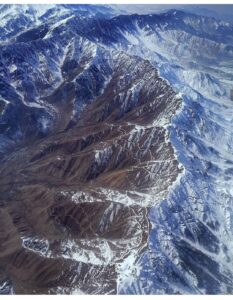
Ecuador is also high on the list of high seismic activity zones. There are many active volcanoes in the region. Additionally, Ecuador lies within the seismic zone between the South American plate and the Nazca plate.
The Philippines is a great place for a holiday. South Asians head to this beautiful island now and then. However, before going there on a vacation, you must know that the Philippines lies on the edge of the Pacific Plate and is a seismic hot zone. The region also has volcanoes. Therefore, seismic activity-based earthquakes and volcanic eruptions make it a dangerous place to live in.
Another earthquake prone zone is Pakistan. It is located on the top of the Eurasian and Indian tectonic plates.
The last earthquake prone zone in the world to talk about is Mexico, which has faced several earthquakes of high magnitude. It is one of the most dangerous zones on earth and is located on top of three seismic plates – Cocos plate, Pacific plate, and the North American plate. Volcanic activity is relatively high in this part of the world.
Continent-Wise High-Risk Earthquake Zones:
If you go by continents, North America has a large number of high-risk zones. One of the major areas among this is Alaska’s central coast, the region from British Columbia to the Baja California Peninsula, and a few more. 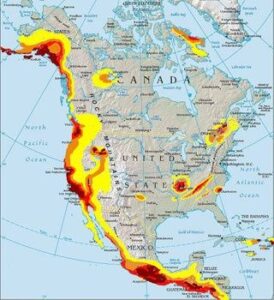 The highest activity zone in South America lies along the Pacific border. The Caribbean coast of Colombia and Venezuela is a notable seismic activity zone. Several continental plates collide in this region. Four of the world’s strongest earthquakes have occurred along this belt.
The highest activity zone in South America lies along the Pacific border. The Caribbean coast of Colombia and Venezuela is a notable seismic activity zone. Several continental plates collide in this region. Four of the world’s strongest earthquakes have occurred along this belt.
A region around western Iceland is known for its seismic activity. The risk of earthquakes increases as you move towards Turkey, along the Mediterranean coast. The African continental plate pushing upwards into the Eurasian plate is to be blamed here. Africa has fewer earthquakes, except few zones like Lebanon. The Arabian plates collide with the Eurasian and African plates. New Zealand is an earthquake hotspot zone.
Conclusion:
On average, nearly 20,000 people die from earthquakes every year. When an earthquake strikes, it leaves very little time for people to escape. The weather, time of the day, and building construction play an important role in determining the extent of the damage. Earthquakes can even trigger landslides and avalanches. Therefore, it is imperative for governments to go by the rule book of seismic experts to allow construction as per norms so that the people can be safe from such natural disasters.
— by Abhrajita Mondal
